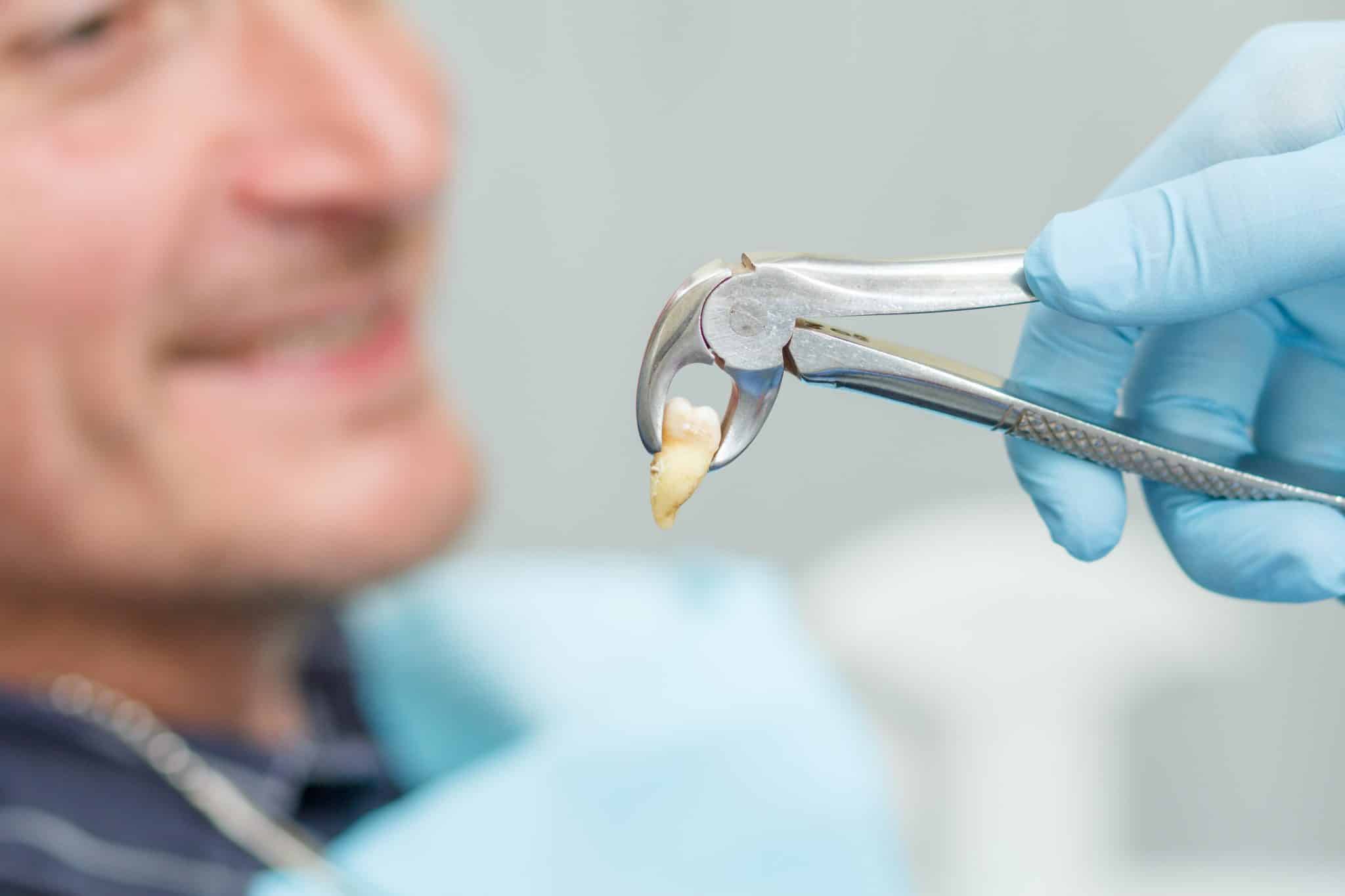The journey towards a healthier, brighter smile often involves dental procedures, and sometimes, tooth extraction becomes inevitable. While the thought of tooth removal might induce some anxiety, understanding the post-extraction process, especially when dealing with bleeding, is crucial for a seamless recovery. In this comprehensive guide, we’ll delve into the intricacies of tooth extraction bleeding and equip you with the knowledge to stop it effectively.
Understanding Tooth Extraction Bleeding
Tooth extraction is a dental procedure that becomes necessary in various situations, such as severe decay, irreparable damage, or as part of orthodontic treatment. While the extraction itself is a controlled and often swift process, the immediate aftermath requires careful attention, particularly concerning bleeding.
Immediate Post-Extraction Care
Immediately following the tooth extraction, your dentist will take steps to manage potential bleeding and initiate the healing process. One primary method involves the use of a sterile gauze pad. This pad is placed over the extraction site, and you’ll be instructed to bite down on it firmly for approximately 30 minutes. This pressure serves a crucial purpose—aiding in the formation of a blood clot.
The blood clot is a fundamental aspect of the healing process. It seals the wound, preventing excessive bleeding, and provides a protective barrier that fosters tissue regeneration. Dislodging this clot can lead to a condition known as “dry socket,” characterized by severe pain and delayed healing.
In addition to the gauze technique, your dentist may advise you to refrain from certain actions immediately after the extraction. Avoid vigorous rinsing, spitting, or using a straw, as these activities can disturb the blood clot and exacerbate bleeding. Maintaining a more upright posture and avoiding bending over can also help minimize blood flow to the head, reducing the likelihood of persistent bleeding.
To further manage swelling and slow down blood flow, your dentist might recommend applying an ice pack to the cheek outside the extraction site. It can provide comfort and contribute to a more controlled healing process.
Long-Term Care for Tooth Extraction Bleeding
The immediate post-extraction care sets the foundation for the healing process, but it’s crucial to continue diligent care in the days and weeks following the procedure. Oral hygiene is of paramount importance, but caution is required around the extraction site. Use a soft-bristled toothbrush and steer clear of the immediate area for the first couple of days. Gentle rinsing with a mild saltwater solution can help keep the area clean without disrupting the healing process.
Dietary choices play a role in managing tooth extraction bleeding as well. Avoid hot, spicy, or crunchy foods, as these can irritate the extraction site. Opt for softer, cooler options that are easier on the healing tissues. Following any prescribed medications or pain relievers as directed by your dentist is essential. These medications not only help manage pain but may also contribute to controlling bleeding, ensuring a more comfortable recovery.
Tips for Managing Persistent Bleeding
While bleeding after tooth extraction is common and typically subsides within the first few hours, there are instances where persistent bleeding may occur. Knowing how to manage this situation is crucial to ensure a smooth and complication-free recovery.
If bleeding persists beyond the initial 30 minutes of biting down on the gauze pad, it’s essential to take proactive measures. Replace the initial gauze pad with a fresh one and bite down with firm pressure for an additional 30 minutes. This helps reinforce clot formation and provides additional time for the bleeding to slow down.
In cases of prolonged bleeding, placing a moistened tea bag over the extraction site can be an effective home remedy. Tea contains tannins, which have astringent properties that can aid in blood clot formation. Opt for a black tea bag, moisten it with lukewarm water, and gently bite down on it for about 20-30 minutes.
A gentle saltwater rinse can aid in cleaning the extraction site and promoting healing. Prepare a warm saltwater solution (about half a teaspoon of salt in a glass of warm water) and swish it around your mouth without vigorous movements. This can help cleanse the area without disrupting the forming of blood clots.
Source: Teeth Talk Girl
Tooth extraction bleeding is a normal part of the post-extraction process, and understanding how to manage it is essential for a smooth recovery. By following the immediate and long-term care tips provided, you can minimize the risk of complications and ensure a faster healing process. Remember, if you ever have concerns about persistent bleeding, don’t hesitate to reach out to your dentist for professional guidance. Your journey to a healthier smile continues, and proper post-extraction care is a crucial step along the way.




